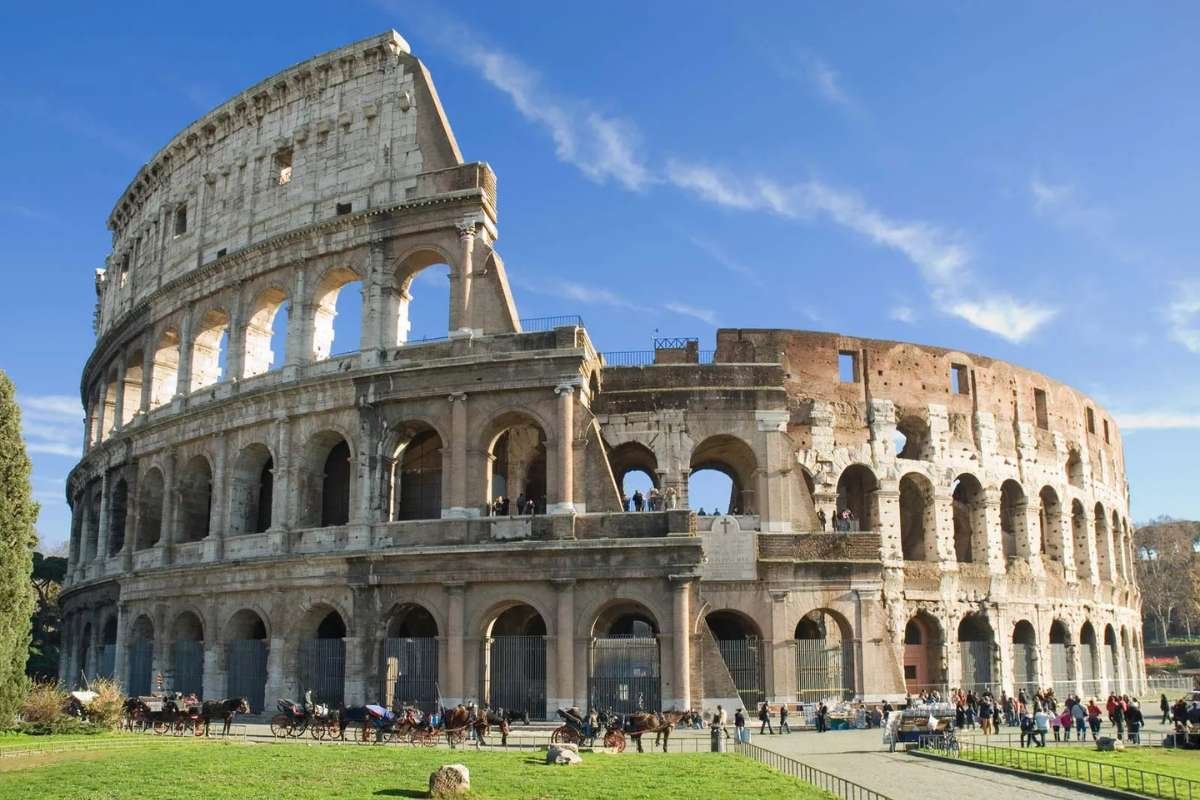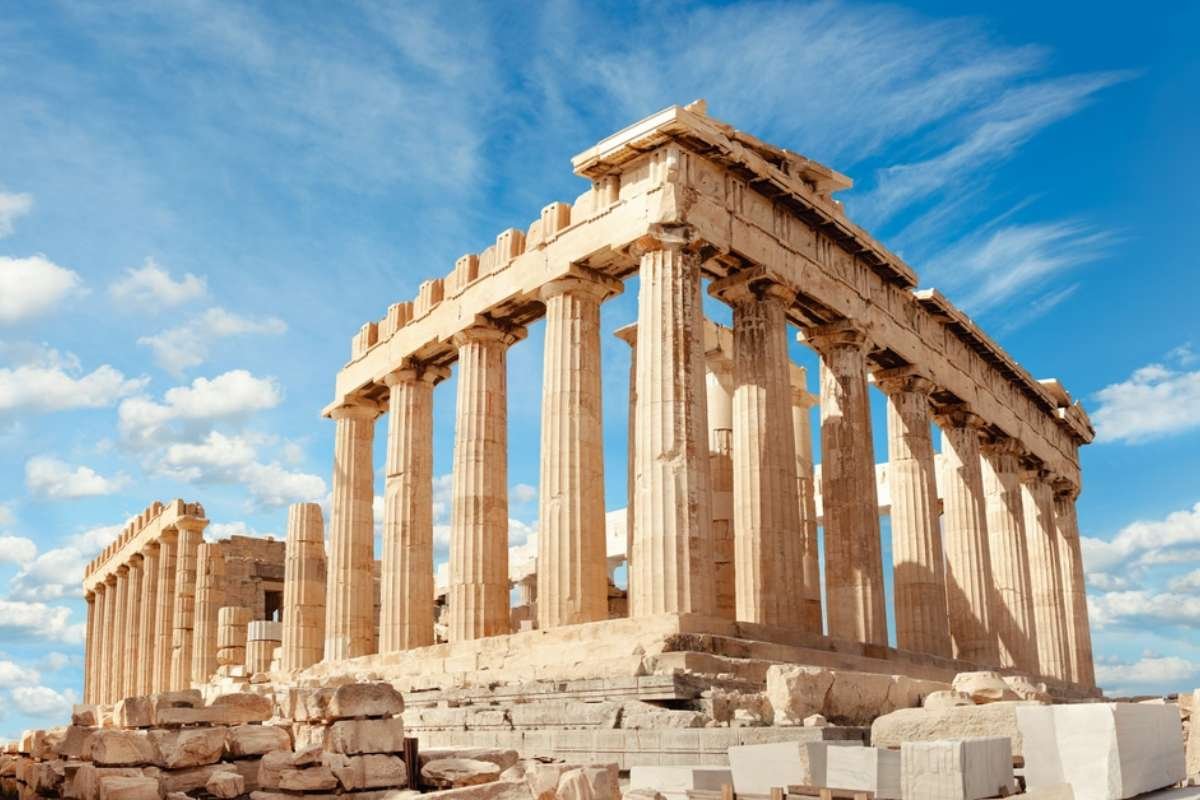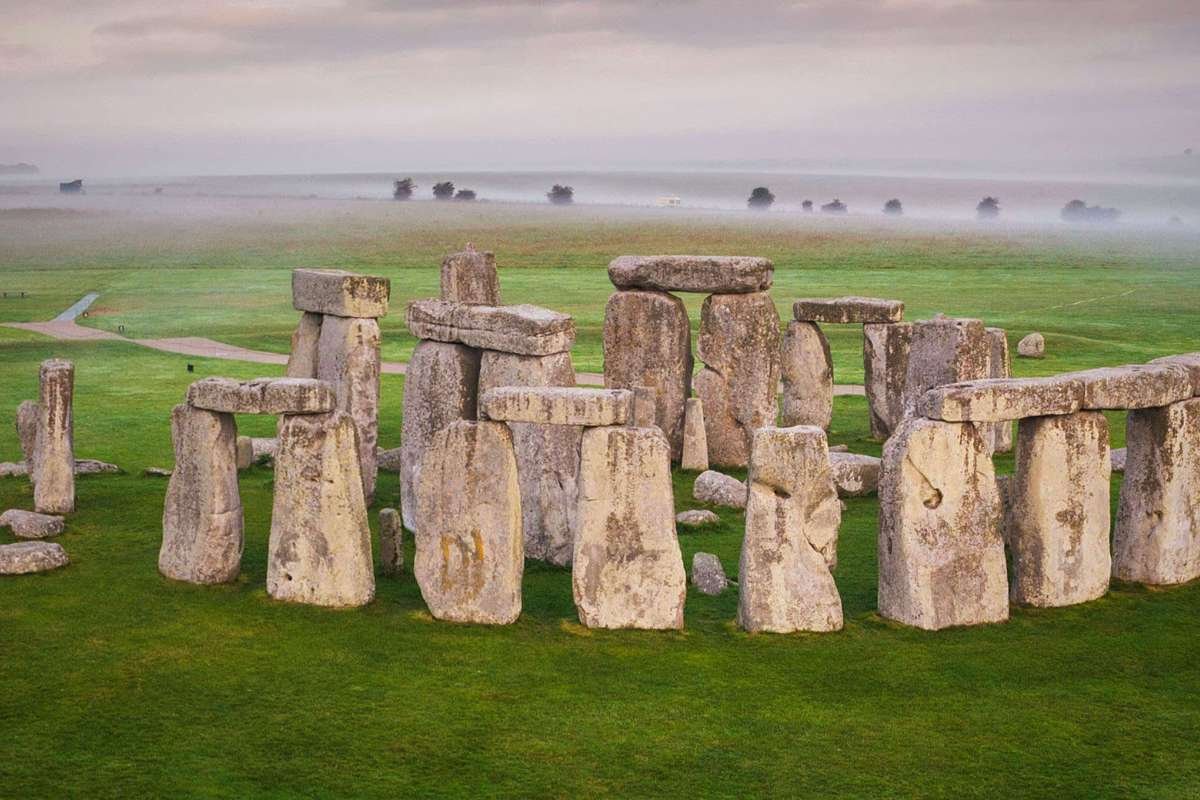A popular saying, “Old places have soul”, describes places that evoke a sense of past existence through history and stories that a place holds. The world has famous historical places that portray stories of ancient civilizations, enduring legacies, and human innovation. These landmarks whisper tales of war, peace, love, religion, and power. Visiting such sites is an exciting, inspirational, and adventurous trip that connects us to the past. In this article, we explore some of the world’s most famous historical places, their cultural significance, and the stories they tell.
Here are the 9 Famous Historical Places That Shaped the World
1. The Great Wall of China – A Monument to Determination
Spanning over 13,000 miles, the Great Wall of China is one of the most iconic and famous historical places in the world. Built primarily during the Ming Dynasty, it served as a defence barrier against nomadic invasions from the north. Its construction took centuries and required the efforts of millions of workers—soldiers, peasants, and prisoners alike.
Today, the Great Wall is a UNESCO World Heritage Site and a symbol of China’s enduring strength and unity. Tourists flock to various sections like Badaling and Mutianyu to marvel at their impressive scale and stunning views.
2. Machu Picchu – The Lost City of the Incas
Hidden in the Andes Mountains of Peru, Machu Picchu was brought to international attention in 1911. Believed to have been constructed in the 15th century under Inca Emperor Pachacuti, the site was abandoned during the Spanish conquest and remained forgotten for centuries.
What makes Machu Picchu one of the most famous historical places is not just its dramatic location or architectural genius, but its mystery. Archaeologists still debate its exact purpose—was it a royal estate, a religious sanctuary, or both? Regardless, it stands as a powerful symbol of Incan engineering and spirituality.
3. The Colosseum – Rome’s Enduring Legacy
No list of famous historical places would be complete without mentioning the Colosseum in Rome. This ancient amphitheatre, built around 70-80 AD, once hosted gladiator contests, public spectacles, and theatrical performances. At its peak, it could hold up to 80,000 spectators.

Despite damage from earthquakes and stone robbers over the centuries, the Colosseum remains remarkably well-preserved. It stands today not just as a relic of Roman architectural mastery, but also as a reminder of the cultural values and brutal entertainment of the ancient world.
4. Petra – The Rose City of Jordan
Carved into pink sandstone cliffs, Petra is an archaeological wonder and one of the Middle East’s most visited sites. Established as early as 312 BC by the Nabataeans, Petra was a thriving trading hub connecting the East and West. Its elaborate rock-cut architecture and water conduit systems demonstrate advanced engineering skills.
The site was lost to the Western world until it was rediscovered in 1812. Today, Petra is considered one of the New Seven Wonders of the World, drawing travellers who are captivated by its mysterious tombs and temples.
5. The Pyramids of Giza – Timeless Symbols of Ancient Egypt
The Pyramids of Giza are arguably the most iconic of all famous historical places. These grand monuments, especially the Great Pyramid of Khufu, are the last surviving wonders of the original Seven Wonders of the Ancient World. Built over 4,500 years ago, their exact construction methods remain a subject of debate and admiration.
Aligned with celestial bodies and boasting mathematical precision, the pyramids reflect the Egyptians’ deep knowledge of astronomy and engineering. They were not only tombs but also symbols of divine authority and the afterlife.
6. The Acropolis of Athens – Cradle of Democracy
Perched atop a rocky hill in Athens, the Acropolis is a beacon of classical civilization and Western thought. The Parthenon, its most famous structure, was dedicated to the goddess Athena and built in the 5th century BC. Its Doric columns and proportionate design have influenced Western architecture for centuries.

The Acropolis stands as a testament to ancient Greek values—art, philosophy, and democracy. As one of the best-known historical places, it draws millions who seek to understand the roots of modern political and philosophical systems.
7. The Taj Mahal – A Monument to Eternal Love
Commissioned in 1632 by Mughal Emperor Shah Jahan in memory of his wife Mumtaz Mahal, the Taj Mahal is one of the most beautiful buildings in the world. Located in Agra, India, this white marble mausoleum combines elements of Islamic, Persian, and Indian architecture.
Its symmetry, intricate inlays, and lush gardens speak volumes about the artistic and architectural skills of the Mughal era. More than a UNESCO World Heritage Site, the Taj Mahal is a symbol of love, making it one of the most emotionally resonant famous historical places on the planet.
8. Angkor Wat – The Temple City of Cambodia
Angkor Wat, the largest religious monument in the world, began as a Hindu temple dedicated to Vishnu and was later transformed into a Buddhist temple. Built in the 12th century during the Khmer Empire, its sprawling complex includes moats, towers, and intricate bas-reliefs.
The temple is a powerful representation of Cambodia’s national identity and spiritual heritage. Its grandeur and artistry have earned it a place among the world’s top famous historical places and a spot on many travelers’ bucket lists.
9. Stonehenge – The Megalithic Mystery
Located in Wiltshire, England, Stonehenge is one of the most famous historical places. Built between 3000 BC and 2000 BC, this ring of standing stones has inspired countless theories—was it an astronomical observatory, a religious site, or a burial ground?

Despite ongoing debates about its purpose, one thing is clear: the construction of Stonehenge would have required advanced planning and significant effort, indicating its deep importance to those who built it. Plan your visit
Why Visiting Famous Historical Places Matters?
Travelling to these landmarks isn’t just about taking photos or ticking boxes on a travel list. It’s about immersing oneself in history, experiencing different cultures, and appreciating humanity’s shared legacy. These sites help us understand who we are by showing us where we’ve come from.
Whether it’s the pyramids that reveal ancient beliefs, the temples that reflect devotion, or the walls that mark resilience, each place carries lessons that resonate through time.
Conclusion
The world’s most famous historical places are gems of human civilization. They are a reminder of our creativity, devotion, and sometimes darker past. From Asia to Europe to the Americas, these sites tell the story of humanity. As travellers, historians, or curious minds, visiting them allows us to connect with the past while gaining insights for the future. Exploring such places will not be less than sitting in a time machine and experiencing the past. So, plan a trip to witness the wonders that offer beauty with the essence of culture and history.









